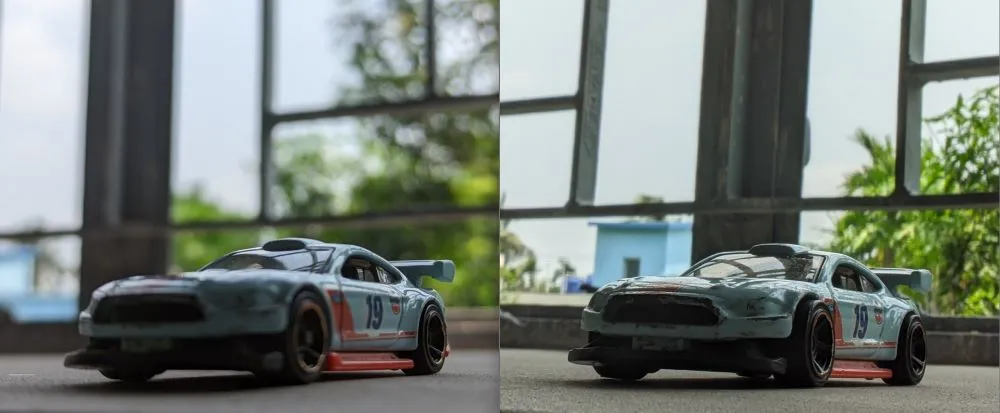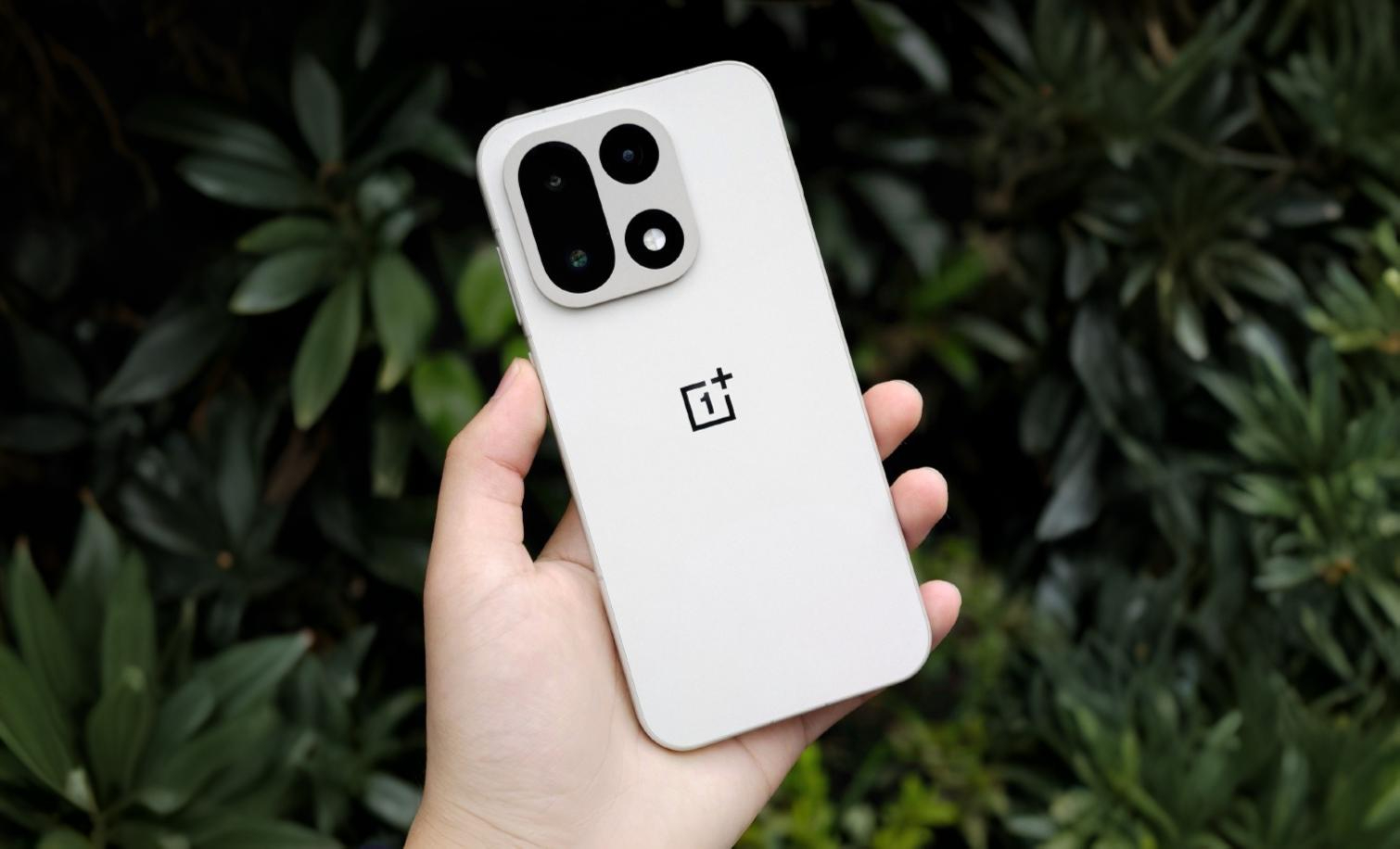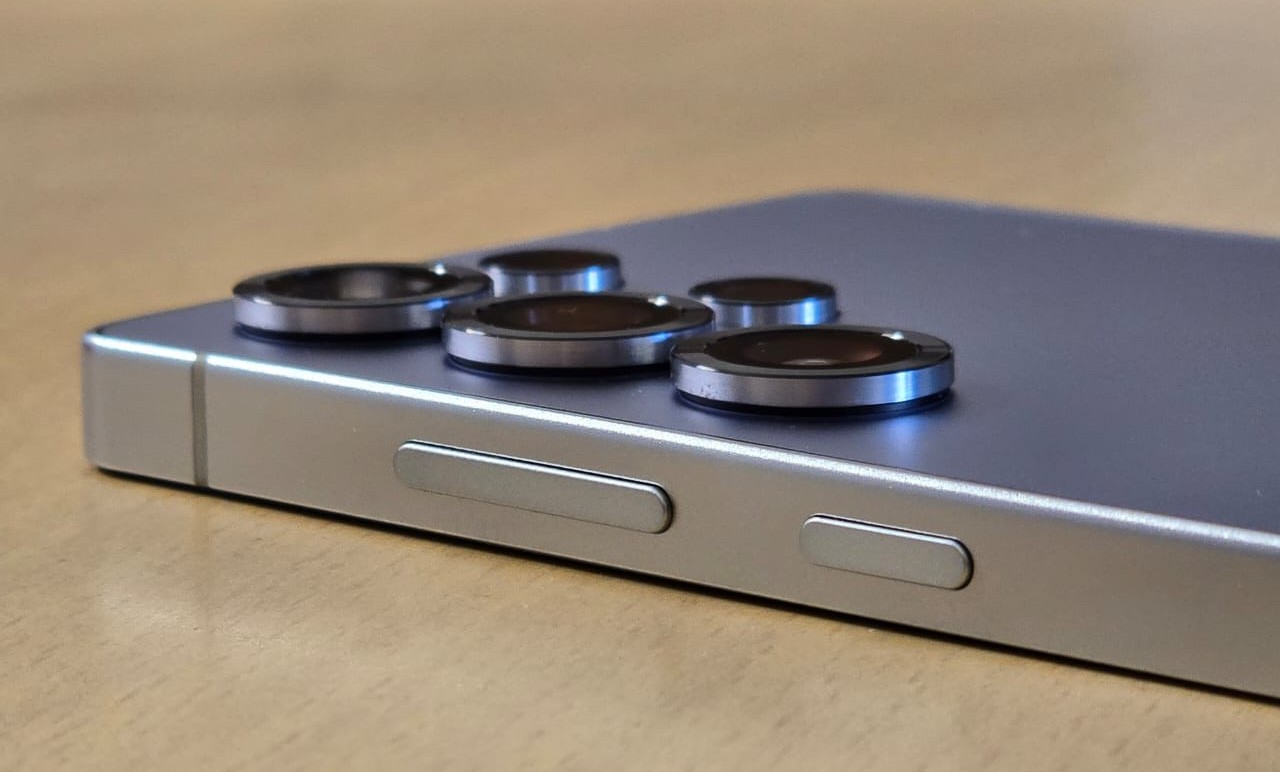It doesn’t improve light capture at night time; rather, it’s used to reduce the light intake when there is excess.
Aperture is the opening in front of the camera lens through which light enters the camera module and creates an image on the sensor. The larger the aperture, the more light enters the system, providing more information about the image. It’s measured in f-stops.
Generally, having a larger aperture is better, but in a well-lit environment, it may be useful to reduce the aperture. This is where the concept of a variable aperture comes into play. Dedicated professional cameras have been using a variable aperture mechanism for a long time, but it’s relatively new to smartphones.
A variable aperture works by covering a part of the lens, limiting the light intake if needed. The absence of a variable aperture doesn’t reduce the light capture in any way, and having it doesn’t increase the light input at night.
In very well-lit conditions, it can be useful to bring down the light input to a suitable level, but we rarely face such scenarios.
Is the light intake getting excess?
As the resolution of smartphone sensors increases, the photosites are getting smaller. For reference, the 108MP sensor in the Galaxy S22 Ultra has a pixel size of 0.8µm, whereas it’s further reduced to only 0.6µm in the 200MP sensor of its successor, the S23 Ultra.
But what does that mean? Well, the 108MP sensor used to combine 9 pixels into one to improve light capture, and now the 200MP sensor combines 16 into one. You can see where the trend is heading. As the photosites get smaller, more photosites are combined together to gather sufficient light and maintain image quality.
Smartphones still strive to capture a sufficient amount of light due to their tiny photosites. If the light intake ever exceeds the requirement, the phone can easily manage it by reducing its ISO sensitivity. It won’t exceed its manageable range unless you are trying to photograph the surface of the sun or something similar. However, there’s one good use of the system. However, there’s one good use of this system.
It’s useful to limit the blur effect
Imagine you took a photo of your subject and you noticed that only a part of it is in focus. The shallow depth of field sometimes may be a problem. In such scenarios, the variable aperture comes into the rescue. As stated above, it changes the depth of field and covers the whole subject in focus.

I couldn’t capture the entire car in focus from a close distance because of the shallow depth of field. However, moving away would require digital zooming, which in turn would deplete image quality. Unlike professional cameras, smartphones cannot have optical zooming on their largest and most advanced main sensor with the current technology.
In the image on the right, by increasing the f-number, I was able to capture the entire car in focus without moving the phone away or using digital zoom.
The variable aperture mechanism not only reduces the amount of light intake but also reduces the blurring effect. So, when you want your entire close-up subject to be in focus, it enables you to achieve that.
However, this technique is only useful in bright conditions, as in low light, reducing the amount of light intake may affect the image quality. The telephoto sensors on smartphones are usually smaller and captures less light and for this reason, most of the manufacturers tweak the camera software to stick to the main sensor while zooming in low light.
Final take
While changing the depth of field or reducing the light capture sounds cool, the use cases are limited. Investing the effort in something more important, such as implementing a moving lens mechanism for continuous optical zoom in a smartphone, would be more helpful.
Samsung is indeed working on a variable folded telephoto module that uses lens movement for zooming, like DSLR or mirrorless cameras. Earlier, it was rumored to come with the upcoming S24 Ultra, but now we know, the development will take some more time.


